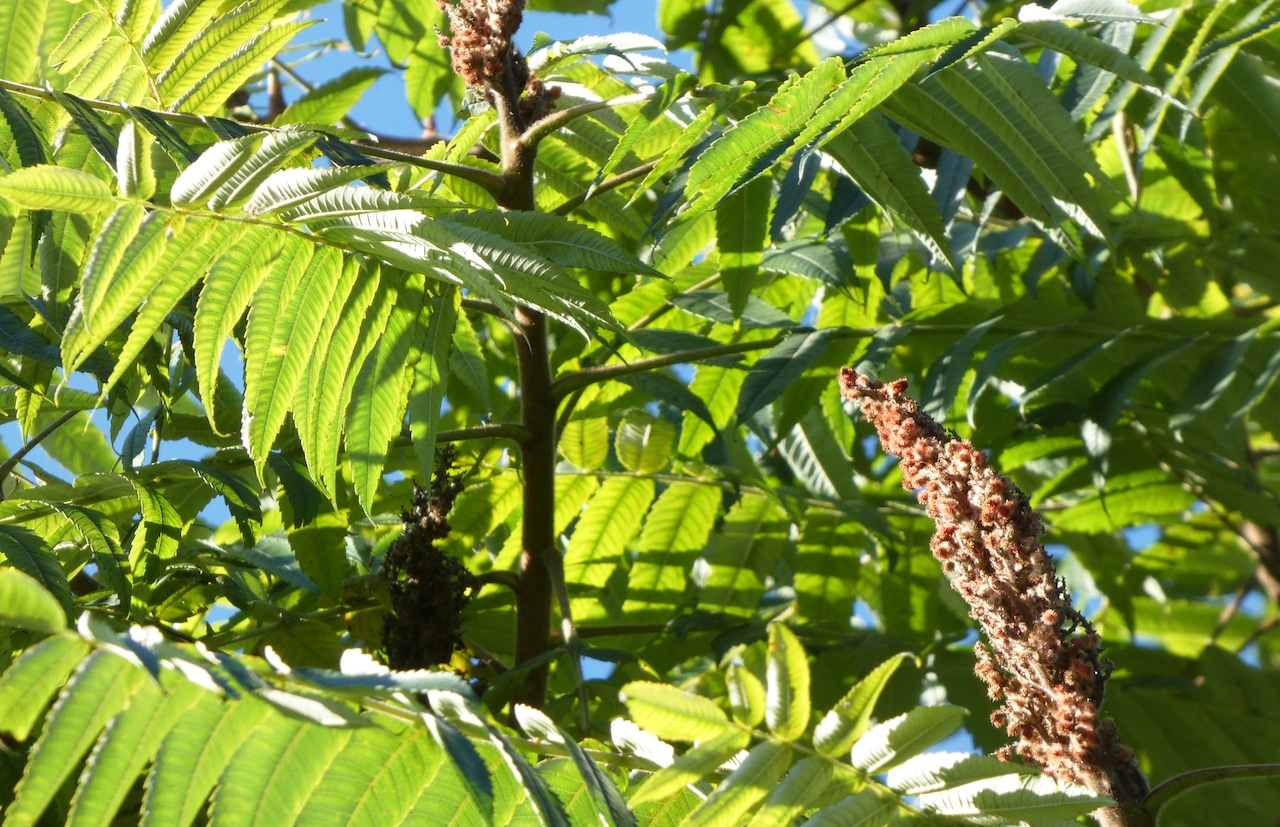A little wind was whirling yellow leaves from poplar and walnut trees on a recent sweltering morning. Some of the leaves are yellow because it has been hot and muggy for a few days, but this is a yearly occurrence for the leaves.
Things dying and things growing into their own are balanced by nature. During my travels this past week, I came across a crepe, or crape, myrtle shrub where the newly bloomed dark red blossoms were being surrounded by yellow leaves.
Crepe myrtles (Lagerstroemia indica), which are native to Asia, Australia, and other warm regions, were introduced to South Carolina as landscape plants in 1790. They were limited to growing in the country’s warm southern regions at the time. Since then, however, they have hybridized, and several varieties are now able to withstand the harsh winters in the north.
In some Southern states, they are so common that they are referred to as crap myrtles. Crape myrtle was the plant’s original proper name. However, when it was discovered that their blossoms had an undulating edge that resembled crinkled crepe paper, the pronunciation was altered.
Crepe myrtles draw a lot of helpful pollinators despite being exotics. One of the two types of pollen they produce is easily digested by bees.
These days, it’s highly likely that you may glimpse the scarlet fruit of staghorn sumac plants as you drive across untamed road sections. The berries on these plants’ fruit are edible, and they are not toxic.
This region of the country does, however, have a poison sumac that grows in damp places and yields tiny, yellowish blooms with white berries.Because it contains urushiol oil, which irritates the skin and causes rashes, this sumac should be avoided.
Sumacs come in a variety of varieties worldwide and belong to the cashew family, which also contains mangoes. We essentially only know about staghorn sumac around here, but there are many more, such as fragrant sumac that grows slowly.
A natural tree that I have never seen grown in the wild is sprouting at the edge of our yard. Many years ago, I discovered a tiny plant of it in the ground as I returned home from town. I didn’t know who planted it there or what it was.
The late Steve Thorpe eventually told me that he planted it because he believed that the property should have an Aralia spinosa. However, I doubt David has ever concurred with him.
This tree, also called Devil’s Walking Stick, has grown quickly and is coated in prickles that pierce your flesh. If you want to keep people or animals out of places you might not want them, it works well.
Even though August is almost over and many smaller birds will soon be departing, backyard feeder activity has been quite low. But since there is so much natural food available at this time of year, this is typical.
At feeders, hummingbirds are the most active species I observe. However, they have also been drawing in apraying mantids, one of their main predators. A mantid just chased after a hummer on a feeder, but the bird escaped, which isn’t often the case.
more lehigh valley outdoors news
-
What will fall in Pa. be like this year? Here s a 2025 forecast.
-
More than just scenery : Northampton County open space worth $435M a year, study says
-
Golfer struck by lightning at popular N.J. course, police say
-
How these Northampton Co. farm kids are helping feed hungry families with their livestock
-
WATCH: Controlled burn in Pocono Mountains preserves rare ecosystem
Your support is essential to our journalism. Please sign up for a subscription to lehighvalleylive.com now.






